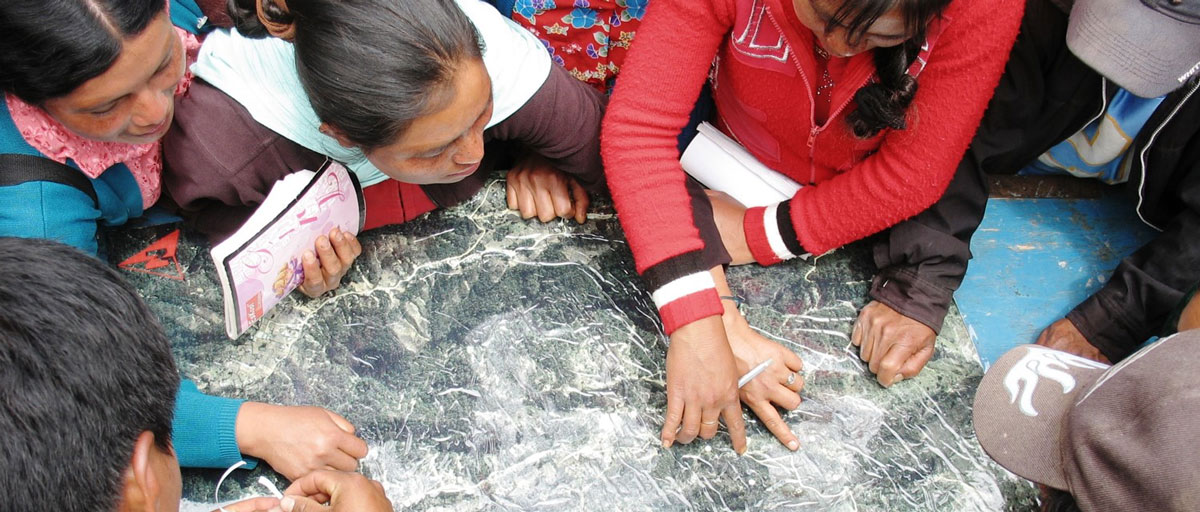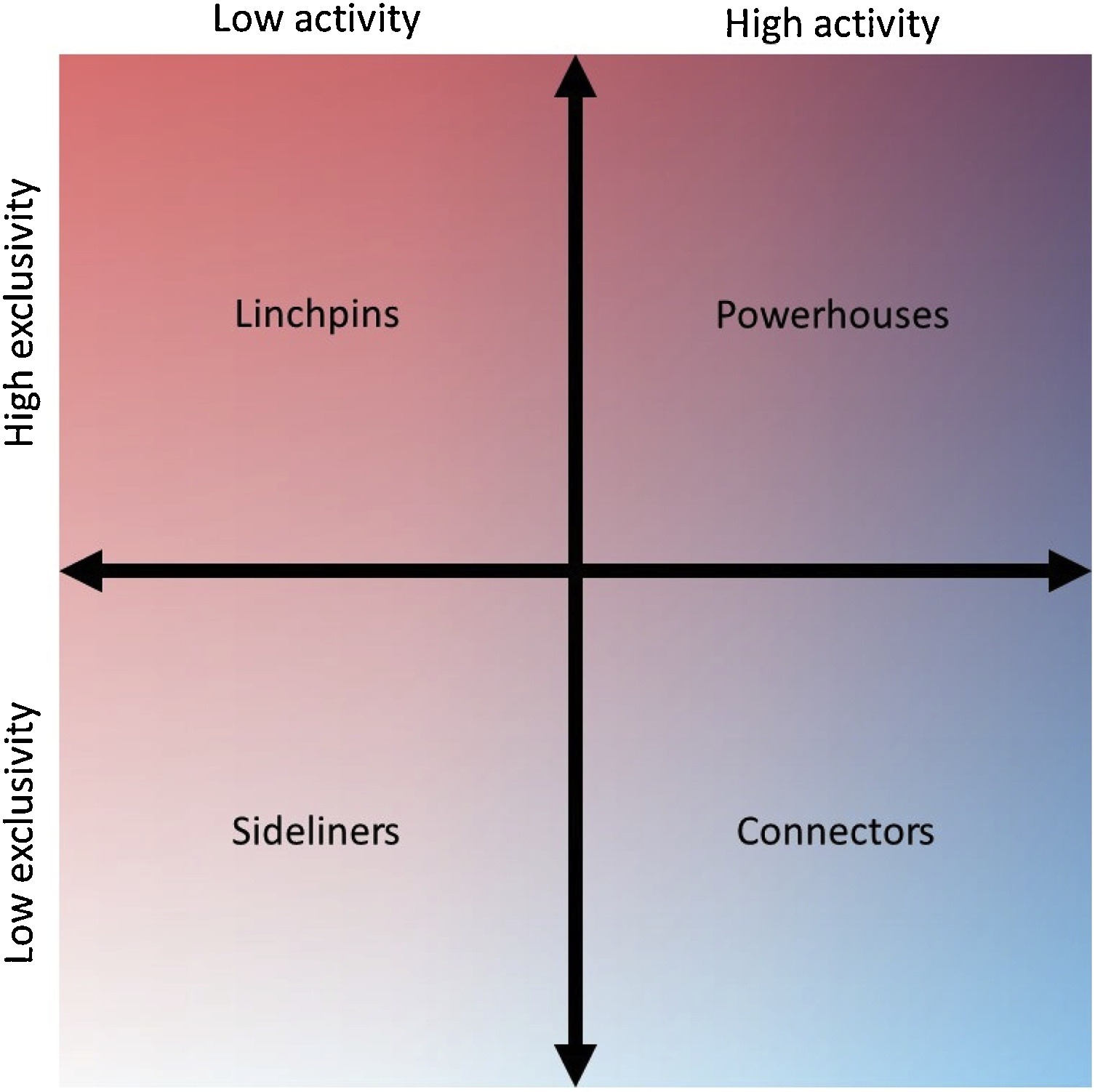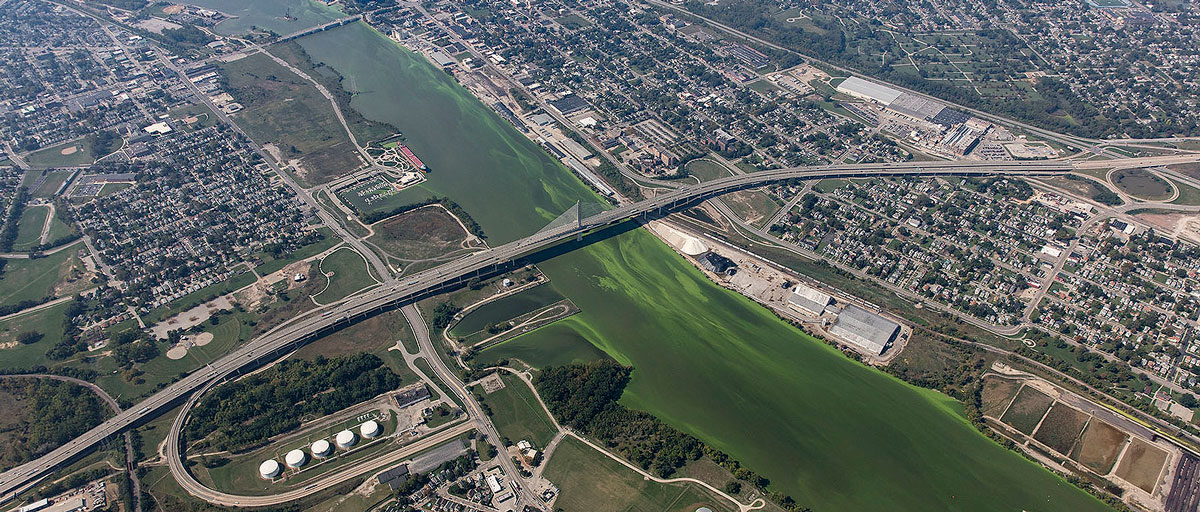Bildtext får vara max två rader text. Hela texten ska högerjusteras om den bara ska innehålla fotobyline! Photo: B. Christensen/Azote
NETWORK ANALYSIS
Big networks are shaped by key individuals

For a network of seemingly disconnected actors to function properly, a broker is essential. A new paper suggest a statistical approach that helps show how information is transmitted from one actor to the other through an intermediary. Photo: M. Hamilton
- A heterogeneous broker – an individual who serves as an intermediary between two otherwise dissimilar actors – is essential
- Researchers suggest a new statistical approach for evaluating heterogeneous brokerage
- The approach helps show how information is transmitted from one actor to the other through an intermediary
For a network of seemingly disconnected actors to function properly, intermediaries are essential. A new approach reveals their influence
VISUALIZING LINKS AND COLLABORATIONS: Environmental governance often calls for collaboration between very different types of actors – from government agencies, intergovernmental bodies, local and international NGOs, to universities, think tanks and donor organizations.
However, for a network of seemingly disconnected actors to function properly and address complex environmental issues, a heterogeneous broker – an individual who serves as an intermediary between two otherwise dissimilar actors – is essential.
Central to understanding interactions
Understanding the mechanisms behind such brokerage is central to understanding how interactions between very different actors can boost problem solving and facilitate the dissemination of resources among actor groups.
In a paper published in Social Networks, centre researchers Jacob Hileman and Örjan Bodin along with Matthew Hamilton from the Ohio State University suggest a new statistical approach for evaluating heterogeneous brokerage.
The authors illustrate the approach through examples from climate change adaptation initiatives around the Lake Victoria region of East Africa and water and sanitation programmes in Central America.
Evaluation of heterogeneous brokerage can improve understanding of how different types of organizations act as intermediaries between members of environmental science and policy communities.
Jacob Hileman, lead author
A network of collaborative ties
By studying how the networks and organizations collaborate with each other, the authors create a network of collaborative ties.
Using a computational approach, they then quantify both activity, which indicates the influence of an actor based on its mediation of an important number of ties, and exclusivity, which indicates the structural importance of an actor in the network.
Combining these two measures provides insights into the influence of different types of actors within a network, and the way in which resources such as information are transmitted from one actor to the other through an intermediary.
“Understanding these interactions can shed light on the linkages between government authorities and local resource users for co-managing natural resources, or, in international contexts, on how dependent long-term policy initiatives are on external actors such as international donor organizations,” co-author Örjan Bodin adds.

Typology of heterogeneous brokerage roles, based on the extent to which actors are, or are not, active and/or exclusive brokers. Click on illustration to access scientific study
Methodology
The authors propose two statistics for evaluating heterogeneous brokerage at the network level, and these statistics are further empirically explored through two examples.
Data regarding the East Africa governance network were collected through a survey within organizations engaged in climate change adaptation policy processes within the Lake Victoria basin. Data for the water governance network in Central America were collected through an online search protocol and subsequent snowball sampling achieved by recording out-going ties based on the collaborators identified on the organization’s website (e.g., on “our partners” webpages).
To analyze heterogeneous brokerage activity and exclusivity, the authors respectively use two existing methodologies: baseline models of network tie formation and node removal. A modeling approach was used to assess activity. An exponential random graph model (ERGM) was used to capture core dynamics and network structure related to heterogeneous brokerage. For calculating exclusivity, authors removed each node in the network and calculated the number of remaining horizontal, vertical-up and vertical down heterogeneous brokerage chains.
Hamilton, M., Hileman, J., Bodin, Ö. 2020. Evaluating heterogeneous brokerage: New conceptual and methodological approaches and their application to multi-level environmental governance networks. Social Networks
Volume 61, May 2020, Pages 1-10. DOI: 10.1016/j.socnet.2019.08.002
For more information about the paper, please contact co-author Jacob Hileman:









